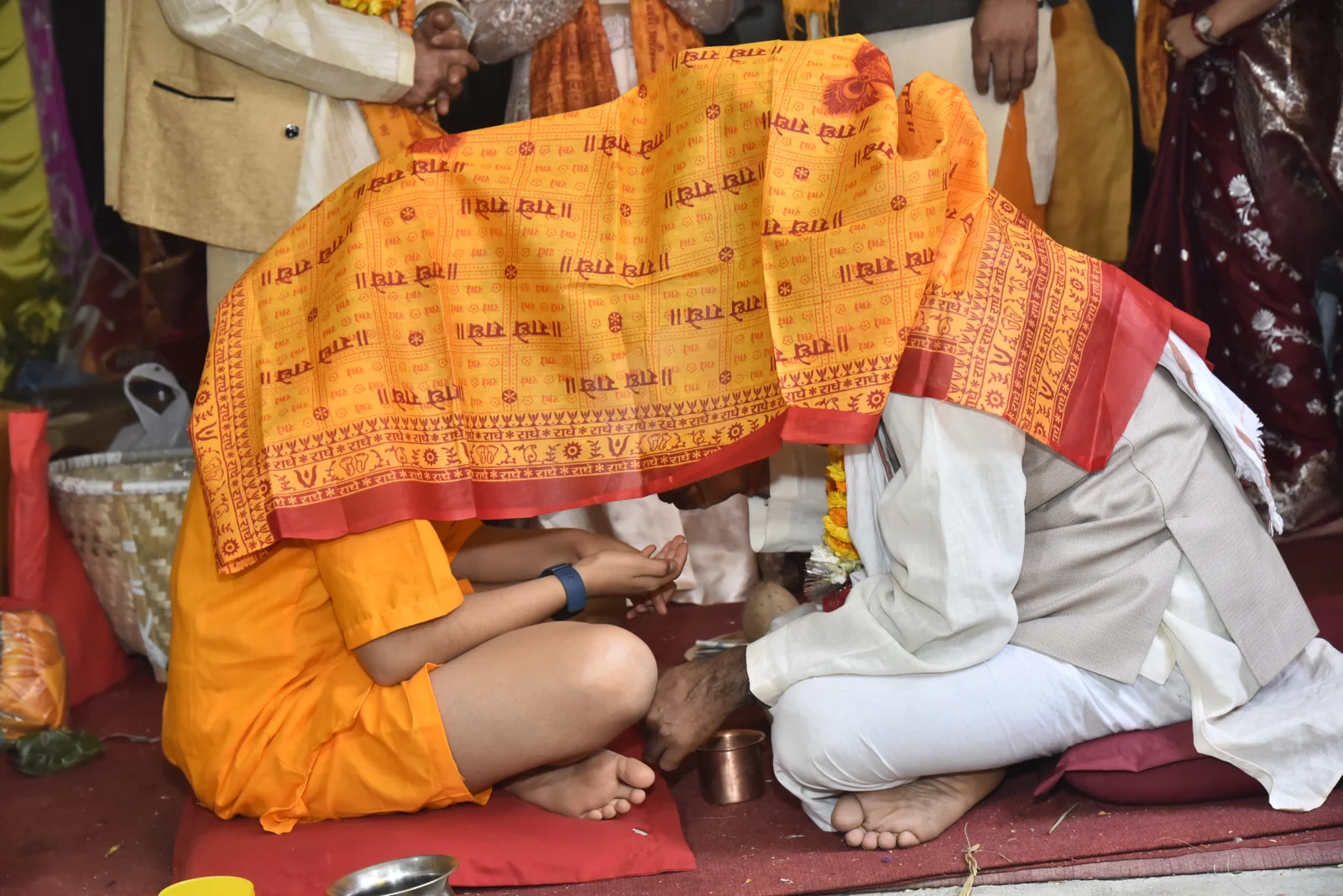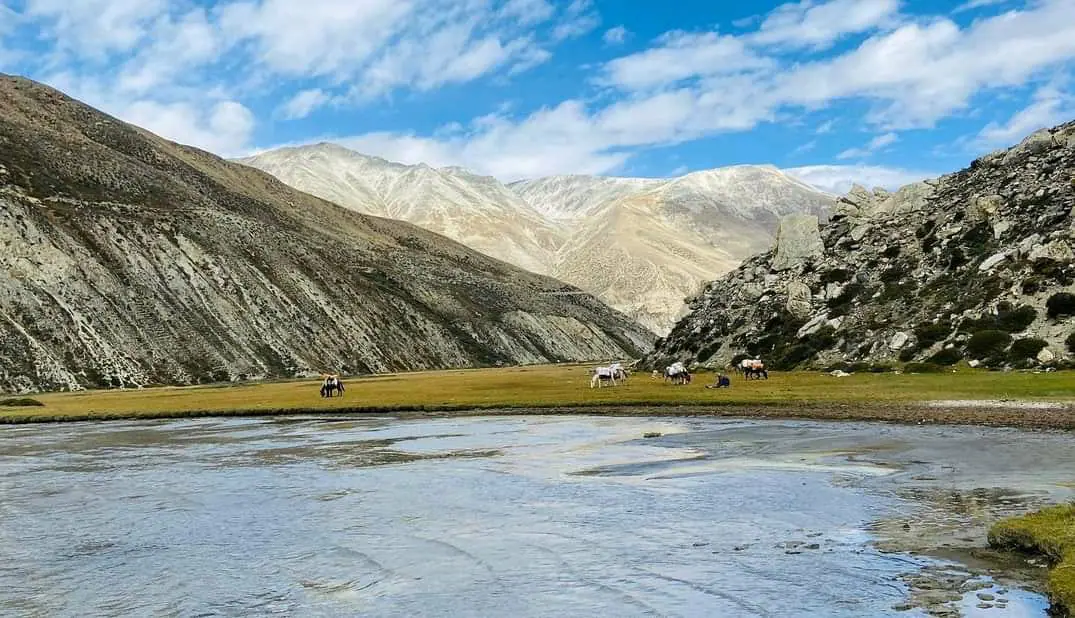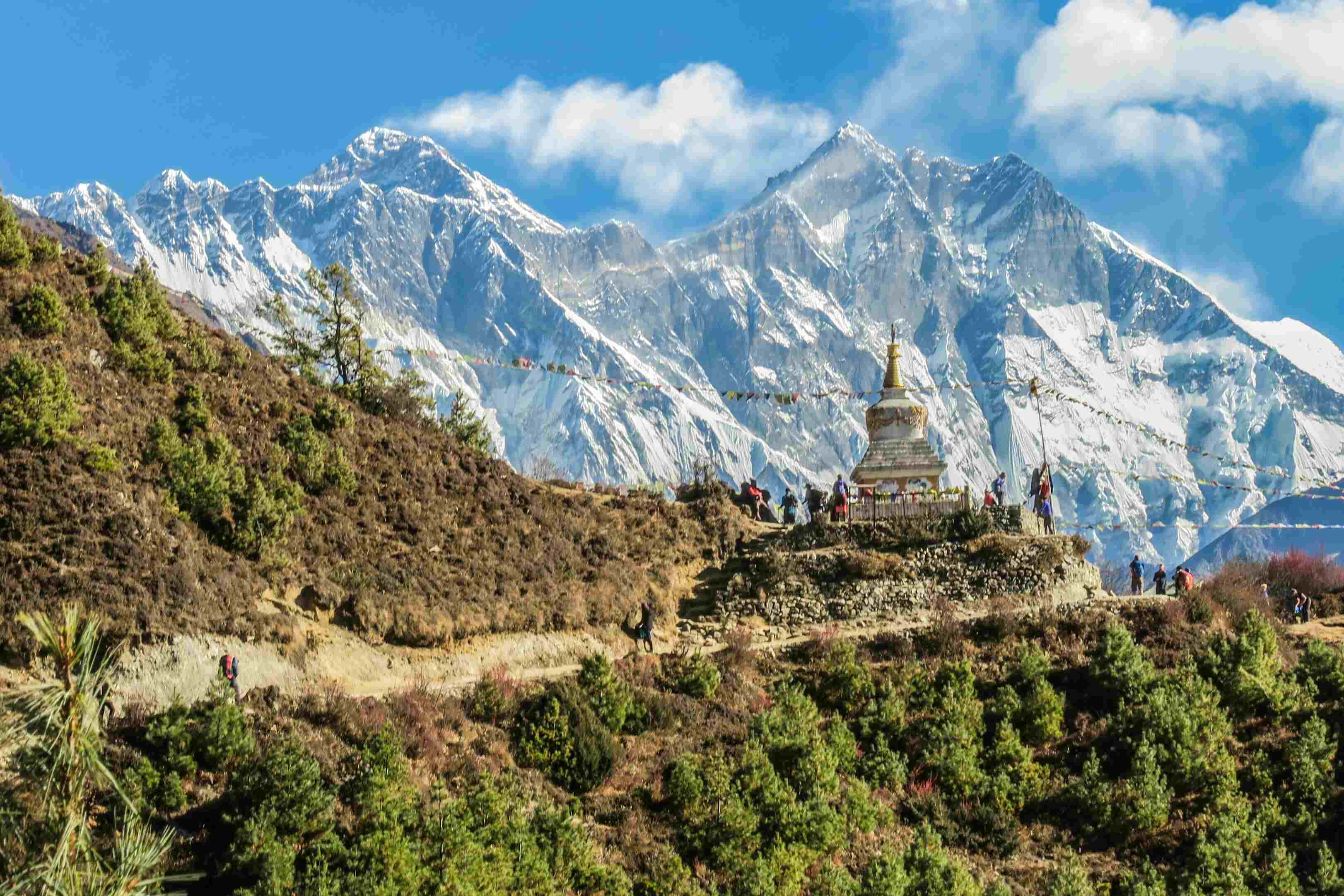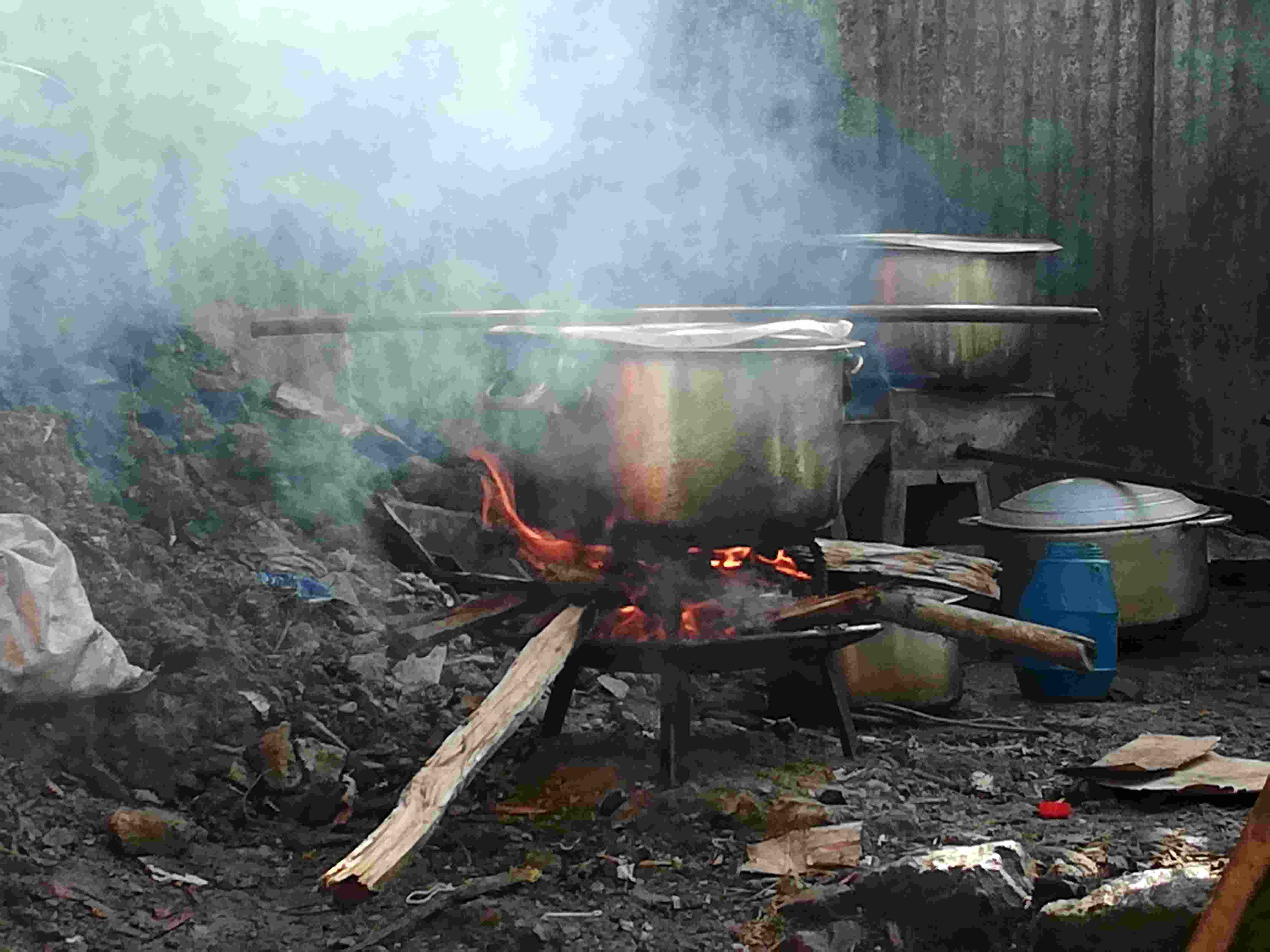Share this Article
The Spirit in the Bamboo: Vanishing Death Rituals and Forest Offerings of the Rai People
Introduction
High in the misty hills and deep valleys of eastern Nepal, where the Sal forests hum with the whisper of ancient winds, the Rai people have for generations lived in a world where life and death are bridged by bamboo, guided by spirits, and sanctified in sacred groves. The Rai, one of Nepal’s oldest indigenous groups, practice rituals deeply rooted in animist cosmology, where nature is not merely a backdrop to life but an intimate and responsive entity. Among their many traditions, their death rituals and forest offerings form a profound testament to their ancestral relationship with the earth, the spirit world, and the memory of those who came before.
Yet these intricate rituals—once widely practiced across the eastern hills—are now vanishing. Modern religions, urban migration, deforestation, and the decline of shamanic knowledge have all contributed to the erosion of these sacred customs. As Nepal rapidly modernizes, traditions like these teeter on the edge of disappearance.
This article explores the depth, symbolism, and current status of the Rai death rituals, the cultural role of forest offerings, and the bamboo's central role as a spiritual medium. It is both an ethnographic and cultural reflection on a tradition under threat, and a call for recognition and revival.
The Cosmological Foundations of the Rai People
The Rai, known also as Khambu, are part of the broader Kirati people who inhabit the hills of eastern Nepal. Their cultural universe is governed by a belief system that predates Hinduism and Buddhism, commonly described as Kirat Mundhum. This oral scripture, passed down by shamans known as Nakchhong, Bijuwa, or Mangpa, forms the spiritual backbone of the Rai worldview.
The Rai cosmology is animist in nature. It holds that all living things—trees, rivers, animals, even stones—are imbued with spirit. The two primary deities in their spiritual pantheon are Sumnima, the Earth Mother, and Paruhang, the Sky Father. All life originates from their union, and their balance ensures harmony in both the physical and spiritual worlds.
In the Rai tradition, death is not seen as an ending but a transformation. The soul, upon leaving the body, must journey to the ancestral realm—often envisioned as a forested afterlife where the spirits dwell. This belief underpins the intricate funerary rites, which aim to guide the departed soul safely through this liminal passage, using rituals involving fire, forest offerings, chants, and bamboo structures.
The Sacred Role of Bamboo in Death Rituals
Bamboo is not merely a building material in Rai culture—it is a sacred conduit. When a Rai person dies, bamboo plays a central symbolic and practical role from the moment of death to the final ancestral offerings.
The body is bathed and wrapped in white cloth, then laid on a bamboo bier called a Kengsing. The bier is carefully crafted by male relatives, using fresh green bamboo tied with vines or sacred thread. It represents both a physical carrier and a spiritual vessel.
The body, carried by family and community members, is taken to a sacred forest or burial site. On this journey, mourners chant or recite fragments of Mundhum, seeking safe passage for the soul. The forest is not simply a resting ground but a transitional zone between the world of the living and the spirits.
A small bamboo shrine, or Mundhumi Than, may be constructed near the burial site. Here, offerings of cooked rice, millet beer, ginger, eggs, and coins are made. These offerings, placed on banana leaves or flat stones, are believed to nourish the spirit on its journey. Some communities still bury personal items—wooden tools, garments, ornaments—with the dead, symbolic gifts for use in the next world.
Bamboo arrows are also a recurring motif. They are sometimes placed around the burial site to ward off evil spirits or guide the soul home. Every gesture—each placement of a stick, bowl of rice, or flicker of fire—is purposeful, rooted in generations of spiritual practice.
The Forest as a Spiritual Realm
In Rai belief, the forest is more than a natural space—it is an ancestral archive, a living spirit world. Certain trees are seen as dwelling places of Yokhwas (forest spirits), and particular rocks and springs are revered as the abodes of deities or the resting places of ancestors.
The forest where a burial occurs is typically one where the Rai community has performed rituals for generations. Such sites are often secluded and undisturbed, protected by taboo and fear of spiritual imbalance. They are collectively known as Ban Jhankri Than or sacred groves of the forest shamans.
Shamans, during rituals, often enter trance states to commune with spirits and guide the dead. Using drums, chanting, and ritual dances, they lead the soul through an invisible journey—returning it to the lineage of the ancestors. It is said that if these rites are not properly conducted, the soul may become lost, causing misfortune to the living.
Offerings and Myth in Death Rites
The practice of making offerings is central to Rai funerary traditions. These offerings are not merely symbolic but necessary exchanges that ensure harmony between worlds. They may include:
- Rice and meat – Sustenance for the spirit’s journey
- Ginger, salt, and oil – Protective and purifying agents
- Banana leaves or wooden platters – Traditional vessels for presenting food
- Chicken or pig sacrifices – Blood offerings to ancestral and forest spirits
- Red vermilion powder (simrik) – Used in blessings and soul anointment
These offerings are connected to myths in Rai cosmology, particularly the story of Chikiwa, a soul who was brought back to life through a ritual that involved forest elements and divine intercession by Sumnima. The reenactment of these myths during funerals keeps oral traditions alive and reinforces community memory.
Post-Death Ceremonies and the Soul’s Journey
The Rai death ritual is not confined to the burial alone. It extends across days and even years in stages. On the third day, the salt and oil ceremony is performed—where mourners may symbolically feed salt and oil to the soul, signifying cleansing and preparation for the afterlife.
On the ninth or tenth day, the shaman conducts the soul settlement ritual. This is known as Samsog, during which the soul is ritually placed in the care of the ancestors. Bamboo effigies or dolls are sometimes constructed to represent the deceased’s spiritual form and are burned, buried, or sent floating down a stream.
Some communities perform annual ancestor offerings during festivals like Ubhauli and Udhauli, during which the departed are remembered through dance, chants, and renewed forest offerings.
The Decline of Ritual Practice
Despite their deep spiritual value, Rai death rituals and forest offerings are facing rapid decline. Several factors contribute to this erosion:
1. Deforestation and Land Loss
Sacred groves and ancestral forests are increasingly encroached upon by development, agriculture, and commercial forestry. Burial sites are sometimes relocated or abandoned.
2. Urban Migration
As Rai families move to cities for work and education, traditional village structures weaken. Funerals are now often held in concrete houses or public crematoriums.
3. Religious Assimilation
Influence of Hindu and Buddhist funeral customs, often seen as more modern or ‘official’, has led to syncretism or complete abandonment of Rai rites.
4. Loss of Shamanic Knowledge
There are fewer active Nakchhong or Bijuwa today. Younger generations rarely apprentice under elders, and many Mundhum oral traditions remain undocumented.
The result is a spiritual disconnect. Without proper rituals, elders worry that souls wander aimlessly, bringing illness, misfortune, or emotional unrest to families.
Efforts of Preservation and Revival
Amid this erosion, efforts to preserve and revive Rai death rituals are slowly gaining momentum.
- Community Cultural Centers in Bhojpur, Khotang, and Dhankuta have begun documenting rituals, training young shamans, and recording Mundhum chants.
- Researchers and ethnographers such as Martino Nicoletti and Chudamani Bandhu have published academic and visual documentation of these rituals, emphasizing their ecological and cultural significance.
- Some Rai organizations in Kathmandu and the diaspora now sponsor Ubhauli and Udhauli festivals, encouraging younger generations to learn traditional songs, dances, and rites.
- The Sakela dance, which includes elements of ancestral invocation, is increasingly performed in public cultural festivals, helping reintroduce forest-based practices to urban audiences.
- Ritual literacy workshops have been piloted in villages where elders train the youth in constructing bamboo biers, preparing forest offerings, and conducting minor rites.
However, such initiatives are still nascent. What is needed is a broader cultural recognition that these rituals are not archaic but foundational to Rai identity and Nepal’s diverse intangible heritage.
Conclusion: Listening to the Bamboo’s Whisper
The story of the Rai people’s vanishing death rituals is not merely about loss; it is about memory, ecology, and resilience. These are not just rites of passage for the dead—they are affirmations of life, community, and spiritual balance.
In a time when ecological crises dominate headlines and cultural homogenization threatens indigenous identities, the Rai way of death—rooted in the earth, animated by bamboo, and sung in the language of the forest—offers a model of harmony and reverence worth preserving.
To let these rituals disappear would be to sever a vital link between human beings and the living spirit of nature. Reviving them, documenting them, and respecting their place in Nepal’s multicultural fabric is not merely a gesture of preservation—it is an act of cultural justice.
As long as the bamboo grows in the hills of eastern Nepal, and as long as the forest remembers, there is still time to listen—to the spirit in the bamboo.
Categories:
Travel & Tourism
,
Culture & Traditions
,
Adventure Activities
,
Nature & Wildlife
,
History & Heritage
,
Lifestyle & Local Life
,
Health & Wellness
Tags:
asdasd
,
Thamel
,
nagi gumba
,
sundarijal
,
dashain
,
festival of nepal
,
bada dashain







